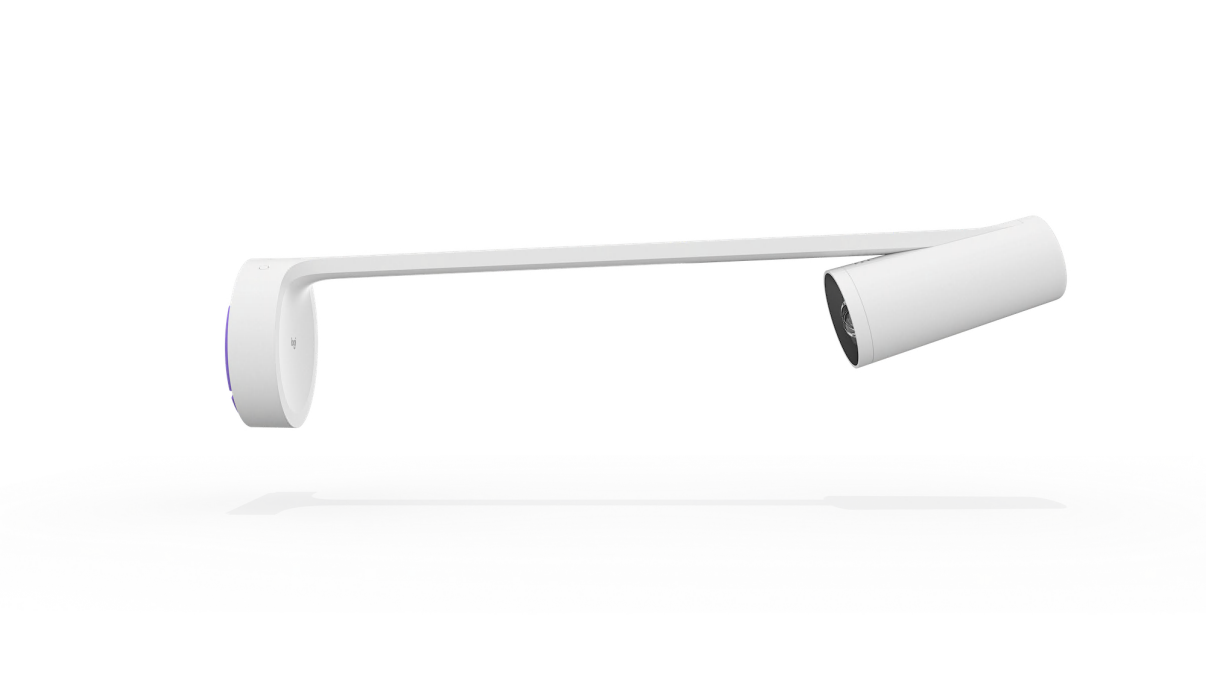A Better Approach to Virtual Whiteboarding
Using Whiteboards in Video Meetings Has Never Been Easy. Here’s How to Fix It.

Whiteboarding has long been an extremely useful tool for team collaboration. But as teams become virtual, particularly in a hybrid workplace, and video meetings replace in-person meetings, this effective collaboration tool has not made the transition. Ideas for incorporating whiteboards into video meetings have largely been unsuccessful, for reasons we’ll explore in this article. The good news? IT can fix this situation.
As workplaces continue to evolve post-pandemic, an increasing number of knowledge workers are likely to split their work time between the office and home. In this hybrid model, it’s vitally important that remote employees have all the same information and the same ability to contribute as employees who are in the office.
Video meetings help immensely. But effective collaboration requires other tools beyond video conferencing. One tool employees need and want is a standard whiteboard, which allows impromptu brainstorming, sketching, note taking, and so on. Unfortunately, the whiteboard is often absent in video meetings—and employees miss it, says Forrester analyst Andrew Hewitt.https://www.ciodive.com/news/salesforce-hybrid-work-model/594898/
Why Whiteboards are Central to Collaboration
Teams often use presentations, spreadsheets, and other documents to share information in meetings and lead discussions. However, these formats are not optimized for the kind of unstructured, free-flowing, non-digital brainstorming that people prefer for exploring concepts or visual design.
For visual brainstorming and ideation, whiteboards are the perfect tool. These collaboration tools can take various forms, including dry erase boards, whiteboard walls, even glass panes. They’re great for diagramming, illustrating concepts, free-form note-taking, organizing thoughts with sticky notes, etc. And when all attendees are present in the same room, whiteboards work well. But what about meetings with remote team members?
Limitations with Existing Approaches to Whiteboarding During Video Meetings
Perhaps the number one problem with whiteboarding during video meetings is that remote attendees are seldom actively involved, the way people in the room are. Remote participants feel left out. Their input and opinions, while valuable, do not become part of the discussion.
Obviously, this is not intentional. The problem is that meeting organizers have struggled to effectively incorporate the whiteboard into video meetings.
Sometimes a meeting organizer will point a video conferencing camera or webcam at the whiteboard, but the person writing on it will often block part of the view. Even when that person steps out of the frame, the whiteboard can be hard to read because of the size of the image,of glare from lights and windows, or a skewed perspective from the camera angle.
Sometimes people resort to taking photos of the whiteboard to share with remote participants. If the photos are sent after the meeting is over, it's too late for remote attendees to contribute. If the photos are sent during the meeting, in-room participants may have already moved on by the time remote attendees can respond. Neither is ideal, and both can be disruptive to the creative flow. In the end, for remote attendees it’s like watching other people collaborate.
What About Interactive Whiteboards?
A third approach organizations have taken is to purchase “interactive whiteboards.” These digital screens emulate the function of a traditional whiteboard or dry erase board. When the person using one is trained and familiar with the digital whiteboard, it can be an effective tool.
However, because of cost and complexity, organizations may purchase only a limited number of interactive whiteboards and place them strategically around the office. So when teams need to spontaneously explore concepts, visualize designs, or quickly launch an impromptu brainstorming session, they’re unlikely to go find an interactive whiteboard, bring it into the room, and figure out how to incorporate it into the meeting.
Is There Another Approach?
We believe there is a better approach. An ideal solution to the problem of how to incorporate whiteboards into video meetings should meet the following criteria:
- It should democratize the collaboration experience to ensure everyone can contribute freely to the discussion.
- It should be simple to use – the easier, the better.
- It should take advantage of an existing process, leveraging the familiarity of whiteboarding to encourage user adoption.
- It should extend your meeting room ecosystem and work seamlessly with your other video conferencing devices and applications.
- It should be easy and fast to install so it can be deployed widely throughout your organization’s meeting rooms.
Introducing Logitech Scribe: Effortless Whiteboard Sharing for the Hybrid Workplace

When we set out to create an online collaboration tool to allow people to share whiteboards into video meetings, we started with the premise that high user adoption would be an important KPI. We wanted a solution that would feel natural and intuitive to meeting participants. It would need to enable all meeting attendees to actively participate in collaborative brainstorming, whether in the room or remote.
Our answer was Logitech Scribe, an AI-powered whiteboard camera that brings the whiteboard into video meetings. Integrated with Microsoft Teams Rooms, Zoom Rooms, and other leading video conferencing services, Scribe broadcasts whiteboard content into video meetings with outstanding clarity. With Scribe, even remote participants can have the best seat at the table.
YOU MAY ALSO BE INTERESTED IN
Browse Categories: